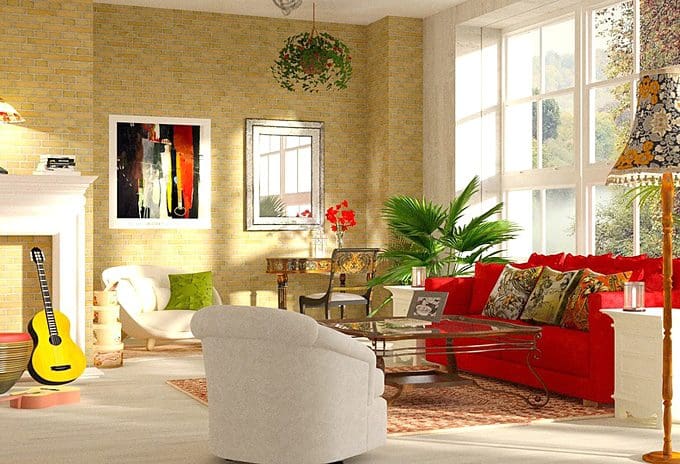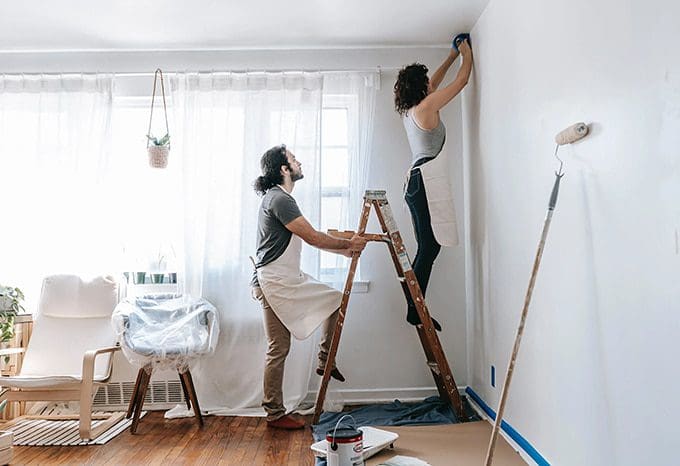words Alexa Wang
A bohemian-style living room fits the definition of a living room perfectly. After all, living rooms should be cozy, fun, and vibrant. But when setting up a bohemian living room, homeowners can’t help but incur mistakes and problems in their progress. As such, this article talks about five common problems in setting up a bohemian-style living room and how to avoid these mistakes.

Neutral Color Assumption
Bohemian style, in general, presumes the use of neutral colors like cream white, off-white, and beige as the predominant base color. Those colors had been the associated palette for the style. The problem with this assumption is how people use these colors excessively, resulting in a bland-looking living room.
Designers worldwide would disagree that bohemian style revolves solely around these neutral shades. While there’s a need to exemplify the earthy tones, homeowners should add some vividness using bright colors. Adding floral colors like pink, crisp orange, and even lavender purple is a good tip in nullifying the pure dullness.
Play Safe Style
No amount of bookish codes should hamper the creativity juice of anyone. In designing a Bohemian-style living room, people will most likely play by the book to attain the picture description of a bohemian style. This is what playing safe with style means, and people assume that it’s normal to meander the mind only within the box.
But to fully capture all the creative measures needed in interior designing, many interested individuals attend an online course. These interior design online courses do not teach learners what to design but how to craft for themselves.
Giving homeowners free will in designing and enabling experiments can help integrate elements that would make a vibrant bohemian style room.
Texture Blandness
Employing neutral colors in the set doesn’t mean that the textures should be neutral. A lot of the misconceptions in Bohemian design and all aesthetics types lie with ignoring the textures as an element. By disregarding textures, homeowners abolish depth and variations in the design.
Texture is one of the Bohemian style’s signature looks. The Boho style relies on accented wood designs, rattans, and fabrics. Fabrics and textiles make up for most of the textures in bohemian style, going over with layered textures per cloth.
Too Many Décor Furniture
Another problem that homeowners and designers commonly face is the amount of design to include in the room. While decors add interesting features to the overall design, they produce too much clutter. Too much clutter destroys one key component of the Bohemian style: having a light and open area.
Bohemian style, albeit fluid tolerance on designs, has to have clarity. This notion where tips like “less is more” can be applied. This means removing unnecessary decorations and even accessories.
Excessive Rattan
Rattan is one of the materials designers frequently add to building a bohemian textural palette. This material gives a woody accent while maintaining its woven form. Through masterful executions, rattan furniture furthers the concept of coziness. However, the excessive use of rattans and the living room lead to a messy jungle rather than a proper comfortable space.




